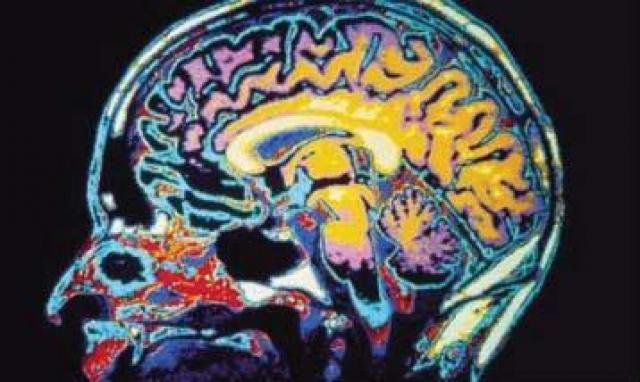Brain stimulation helps eyesight restoration in people who experienced vision loss after stroke or traumatic brain injury
Brain stimulation improves visual perception in patients who experience vision loss because of a traumatic brain injury or stroke.
An international collaboration of researchers set out to determine how different types of non-invasive brain stimulation affect visual perceptual learning and retention in both healthy individuals and those with brain damage. Their results, published in a paper in the Journal of Neuroscience, could lead to enhanced learning efficacy for both populations and improved vision recovery for cortically blind patients.
Learning is difficult and often takes a long time. Duje Tadin, a professor of brain and cognitive sciences said, “because after early childhood our brains become less plastic.” The brain’s ability to change and reorganize itself decreases as a person ages, so learning new tasks, or re-learning tasks after experiencing a brain injury, becomes more challenging.
“It appears that tRNS helps put the brain in a more plastic state, which makes it more amendable to training-induced change, or learning. What we hope to learn with future work is why this happens”
To test if and how visual perceptual learning might be accelerated, researchers presented study participants with a computer-based task. Participants were shown clouds of dots and were asked to determine which way the dots moved across the computer screen to determine their motion perception. The researchers found that one particular type of stimulation, called transcranial random noise stimulation (tRNS), had remarkable effects on improving participants’ motion integration thresholds when they performed the task.
“All groups of participants got better at the dot motion task with practice, but the group that also trained with tRNS improved twice as much and was able to learn the motion task better than other groups,” Tadin said.
The researchers also found that participants in the tRNS group had retained what they had learned and were still able to do better on the motion task compared to the groups that were given other stimulation techniques or training alone even after six months.
Scientists then extended their findings to patients who had suffered a stroke or other traumatic brain injury that affected their visual cortex, rendering them partially blind.
Working with participants who had experienced traumatic brain injuries, the researchers coupled a computer-based visual training therapy and tRNS applied to both damaged and undamaged parts of the patients’ brains. These participants, too, experienced improvement in visual processing and function after only 10 days.
“It appears that tRNS helps put the brain in a more plastic state, which makes it more amendable to training-induced change, or learning. What we hope to learn with future work is why this happens,” said Tadin.


